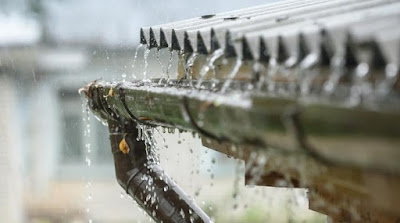Risk of Contamination in Rooftop Rainwater Harvesting
There has been a growing interest, especially in developing nations like India, in rooftop rainwater harvesting as an alternative source of freshwater.
Rooftop rainwater harvesting involves the collection and storage of water from rooftops. Generally, rainwater is free from impurities except those picked up by rain from the atmosphere, but the quality of rainwater may deteriorate during harvesting, storage and reuse.
Microbiological Contamination
Microbial contamination of collected rainwater indicated by E. coli (or thermotolerant coliforms) is quite common, particularly in samples collected shortly after rainfall.
Many research publications from different regions reported 24- 92% of harvested rainwater samples positive for microbial contamination.
Higher microbial concentrations are generally found in the first flush of rainwater, and the level of contamination reduces as the rain continues.
Higher microbial concentrations are generally found in the first flush of rainwater, and the level of contamination reduces as the rain continues.
Heavy Metals
Rainwater is slightly acidic in nature and it can dissolve heavy metals and other impurities from materials of the catchment and storage tank.
The elevated levels of zinc and lead have sometimes been reported. This could be from leaching from metallic roofs and storage tanks or atmospheric pollution.
The elevated levels of zinc and lead have sometimes been reported. This could be from leaching from metallic roofs and storage tanks or atmospheric pollution.
A well-designed rainwater harvesting systems with clean catchments, filtration systems and storage tanks supported by good hygiene can offer portable-water with very low contamination risk, whereas a poorly designed and managed system can pose a high contamination risk.
Stay tuned for our next article, where we will discuss the ways to reduce contamination risks associated with rainwater harvesting.




Comments
Post a Comment